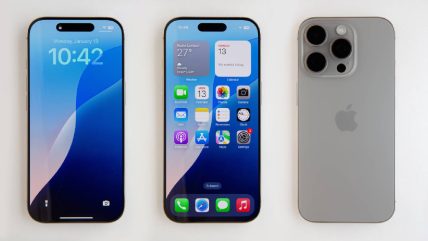
Apple plans to relocate the assembly of all iPhones destined for the US market from China to India as early as next year, according to reporting by the Financial Times. The company aims to complete the transition by the end of 2026 as it responds to escalating trade tensions and tariff pressures under President Donald Trump’s administration.
The move is intended to shield Apple from steep US tariffs on Chinese imports, some of which exceed 100%, although smartphones were temporarily exempted before being subjected to a 20% tariff. Following the imposition of these tariffs, which contributed to a decline of approximately $700bn in Apple’s market value, the company accelerated exports of Indian-manufactured iPhones to the US to mitigate financial impacts.
Currently, Apple manufactures the majority of its iPhones in China through third-party assemblers such as Foxconn. However, it has expanded operations in India, working with partners including Tata Electronics and Foxconn, as part of its broader diversification strategy. To meet its 2026 target, Apple plans to double its Indian iPhone output to supply more than 60 million devices annually to the US market, according to the Financial Times report.
Assembly operations in India involve integrating hundreds of components, with Apple remaining heavily reliant on Chinese suppliers for parts. In 2024, Foxconn and Tata began importing pre-assembled component sets from China to Indian factories as Apple increased its focus on diversifying final assembly locations.
The US accounted for approximately 28% of Apple’s total global iPhone shipments of 232.1 million units last year, according to the International Data Corporation. Meeting the entire demand from India would require significant additional production capacity, with Apple expected to invest further in expanding its local supply chain infrastructure.
While President Trump initially introduced “reciprocal” tariffs exceeding 100% on Chinese imports, discussions with Beijing are ongoing. India also faces a 26% reciprocal tariff on its exports to the US, although this is currently suspended pending the outcome of bilateral trade talks. During a visit to India this week, US Vice-President JD Vance indicated that negotiations were making “very good progress”.
Apple’s leadership, including chief executive Tim Cook, has maintained regular engagement with the Trump administration since attending the President’s second inauguration. Ahead of its upcoming quarterly earnings announcement, Apple has declined to comment on the production shift or its potential financial impact, continuing its practice of withholding detailed earnings guidance.
Industry experts view the shift as a strategic adjustment to evolving global trade conditions. Daniel Newman, chief executive at Futurum Group, stated that Apple’s rapid move to expand Indian operations represented an important step in managing tariff exposure and sustaining growth momentum.










